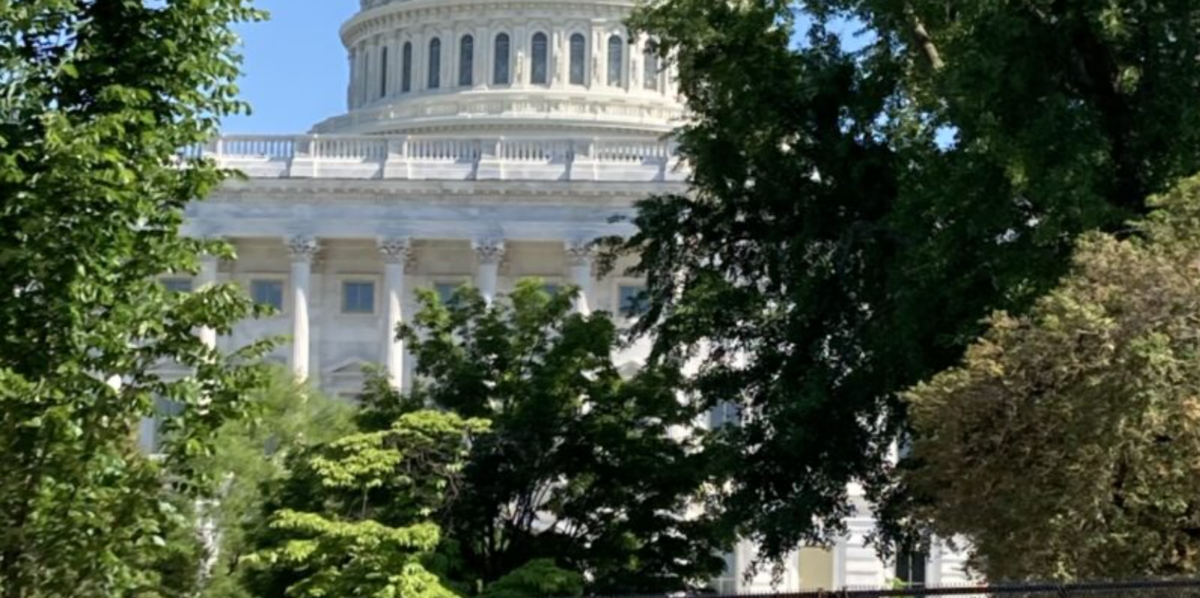Data centers that power cloud services and AI technologies are using water at rates similar to small cities, causing an unanticipated water crisis throughout the drought-stricken American West.
According to energy analysts, a large data center can require around 2 million liters of water each day, equivalent to the daily use of approximately 6,500 families, to keep servers from overheating. Water demands are expected to rise sharply by 2028 as dozens of new facilities are planned for drought-prone areas.
Major utilities in Arizona, Colorado, Nevada, New Mexico, and Utah are preparing for a more than 50% increase in energy consumption over the course of the next ten years.
Western Resource Advocates, an environmental charity that published the report, estimates that new data centers in these five states may use 7 billion gallons of water yearly by 2035, which is enough to supply almost 190,000 people for a year.
The study discovered that, mostly as a result of anticipated data center electricity demands, several of the biggest utilities in the Interior West have raised their load projections accordingly.
Climate goals throughout the area are being undermined by the rapid expansion. NV Energy, a Nevada public utility, estimated that emissions will grow by 3.2 million tons of additional greenhouse gas pollution in 2024, a 53% increase from 2022 predictions.
"Data centers pose a myriad of challenges for policymakers," the Western Resource Advocates report states. The facilities threaten utilities' ability to reduce greenhouse gas emissions while straining scarce water supplies and potentially imposing new costs on other electricity customers.
Companies are mostly driven to Western states because of tax benefits and the wide range of renewable energy sources, especially solar power, according to a Bloomberg report. However, when data center operators are choosing locations, one of the least significant factors is the availability of water.
Environmentalists are concerned about the conflict of goals, particularly while the AI revolution is still going strong.
States are advised by Western Resource Advocates to link tax benefits to environmental performance, providing them only to data centers that can prove they won't affect local electricity costs and run completely on renewable energy sources like geothermal, solar, or wind.










